Seawater in Thien Cam town and Cam Nhuong commune, Cam Xuyen district turns red due to algae bloom, also known as red tide.
According to a report by the Ha Tinh Department of Natural Resources and Environment, the red tide outbreak is caused by high concentrations of Noctiluca scintillans algae. This phenomenon occurs in coastal areas, especially straits, near river mouths and seaports. "Algae blooms usually appear for 3-7 days, usually in March-April, after a cold spell. When the weather is warm and sunny, the algae disappear on their own," the report stated.
Sea water turns red in Thien Cam town and Cam Nhuong commune, March 25. Video : Hung Le
The leader of the Ha Tinh Center for Natural Resources and Environment Monitoring said that the experts measured the pH concentration and dissolved oxygen demand at the scene; analyzed in the laboratory the parameters affecting human health, the underwater environment, ecological and aquatic life, organic compounds, and heavy metals. The results showed that "the indicators are within the permissible limits".
"This is a normal phenomenon and does not affect fishermen going out to sea to catch seafood. The sea water is now clear again, so it does not affect swimming or consuming seafood in this sea area," said the leader, adding that he will monitor the quality of sea water in Cam Xuyen district and arrange for more staff to take samples for monitoring.
Previously on May 23, in Thien Cam town and Cam Nhuong commune, Cam Xuyen district, a strip of sea water nearly 3 km long and about 100 m wide from the shore turned dark red. By the afternoon of May 23, the water gradually faded, and by the evening of the same day, it had turned blue.
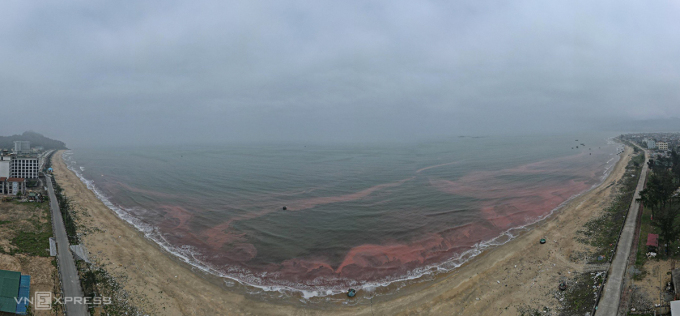
Water turns red in a nearly 3 km long strait in Thien Cam town and Cam Nhuong commune, March 25. Photo: Duc Hung
Red tide, also known as algal bloom, is an excessive growth of algae unrelated to tidal movements. Algae that accumulate in estuaries, oceans, or freshwater often cause the water to become cloudy or discolored, possibly purple, pink, blue, or red.
In October 2023, the seawater in the Cua Nhuong bridge area, bordering Cam Linh and Cam Nhuong communes, Cam Xuyen district, was divided into two colors: murky yellow and gray. The specialized agency took samples for testing and determined that it was caused by seaweed.
Source link


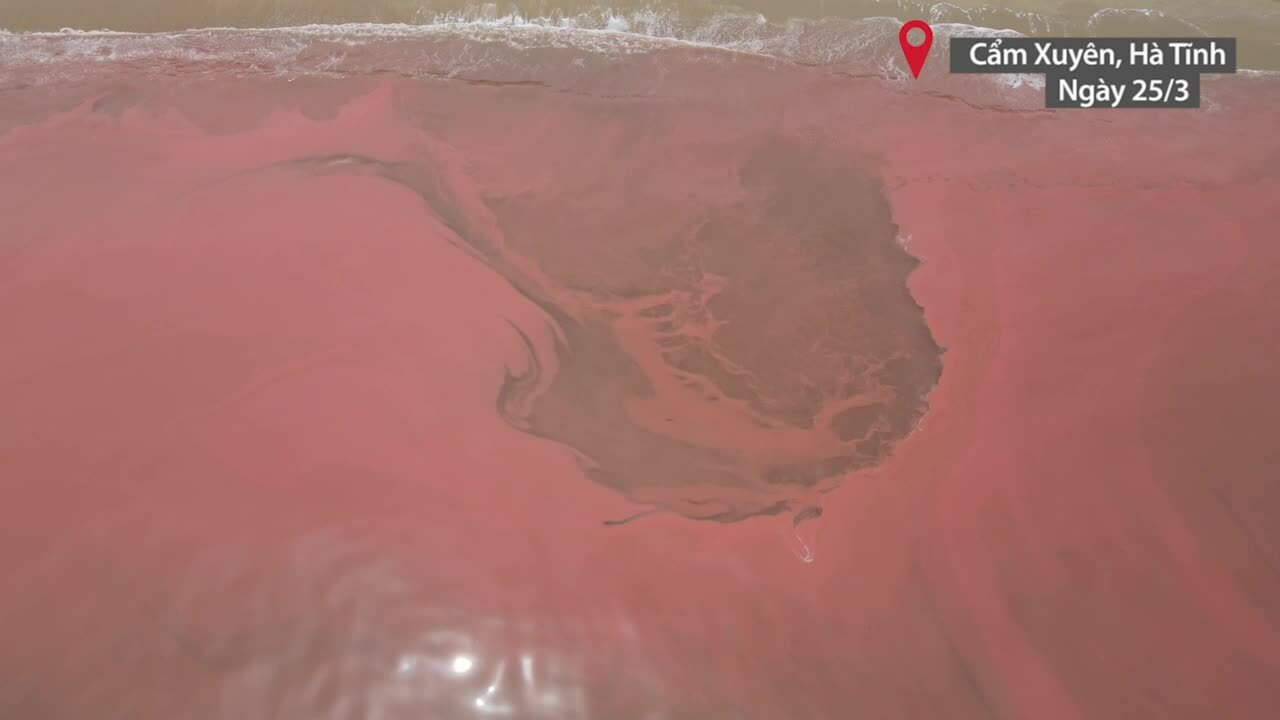



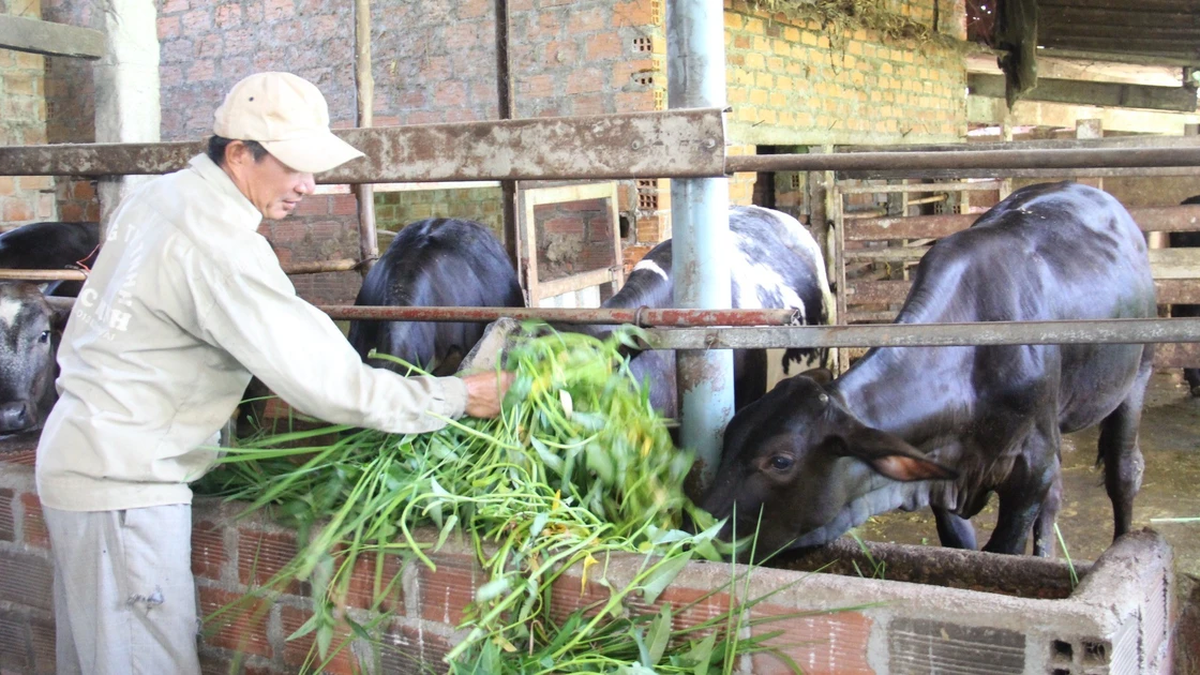

















![[Photo] General Secretary and Prime Minister visit the National Exhibition and Fair Center](https://vphoto.vietnam.vn/thumb/1200x675/vietnam/resource/IMAGE/2025/8/19/f4503ad032d24a90beb39eb71c2a583f)

![[Photo] Close-up of the first International Financial Center building in Ho Chi Minh City](https://vphoto.vietnam.vn/thumb/1200x675/vietnam/resource/IMAGE/2025/8/19/3f06082e1b534742a13b7029b76c69b6)

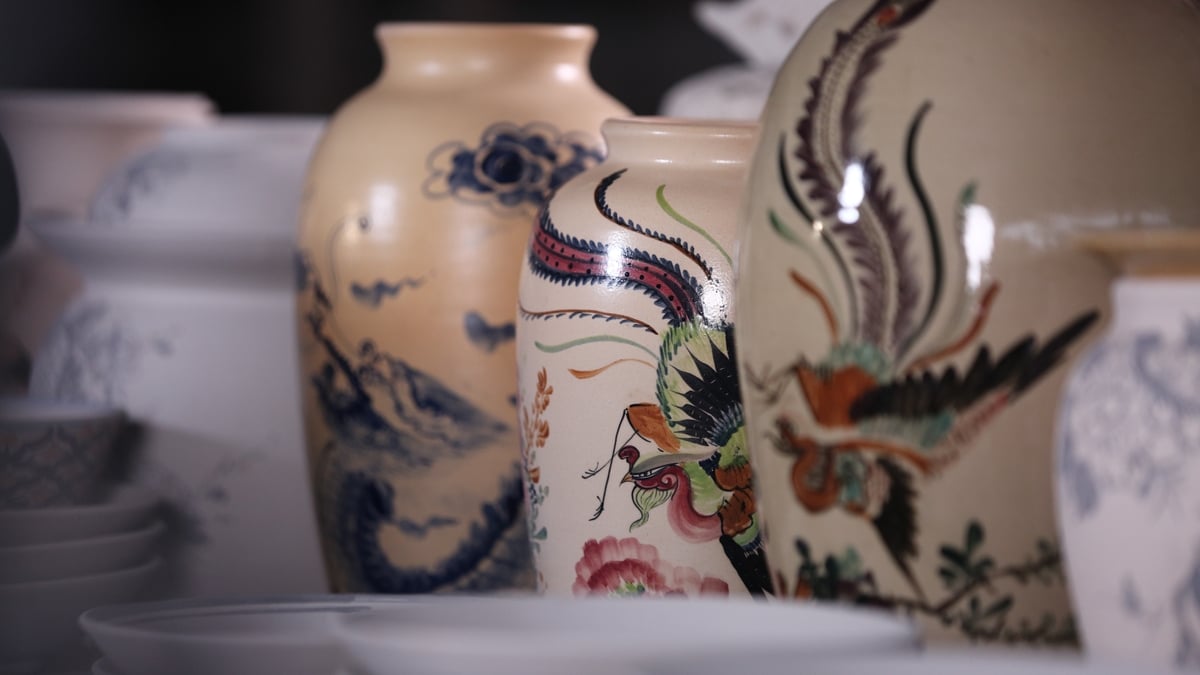
![[Photo] General Secretary To Lam attends the inauguration and groundbreaking ceremony of 250 projects to celebrate National Day](https://vphoto.vietnam.vn/thumb/1200x675/vietnam/resource/IMAGE/2025/8/19/3aa7478438a8470e9c63f4951a16248b)

![[Photo] President Luong Cuong's wife and Queen of Bhutan visit Tran Quoc Pagoda](https://vphoto.vietnam.vn/thumb/1200x675/vietnam/resource/IMAGE/2025/8/19/62696af3852a44c8823ec52b03c3beb0)
![[Photo] General Secretary To Lam and President Luong Cuong attend the handover ceremony of the Presidential Office Headquarters](https://vphoto.vietnam.vn/thumb/1200x675/vietnam/resource/IMAGE/2025/8/19/a37cfcbd301e491990dec9b99eda1c99)


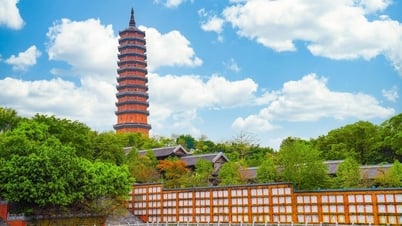

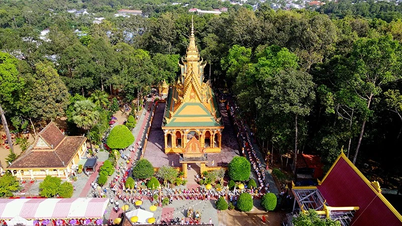

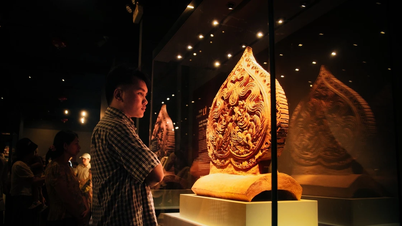

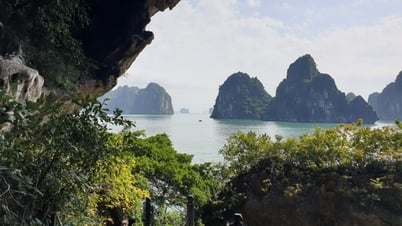

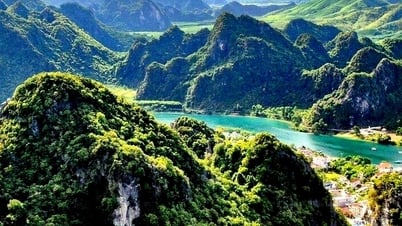


























































Comment (0)